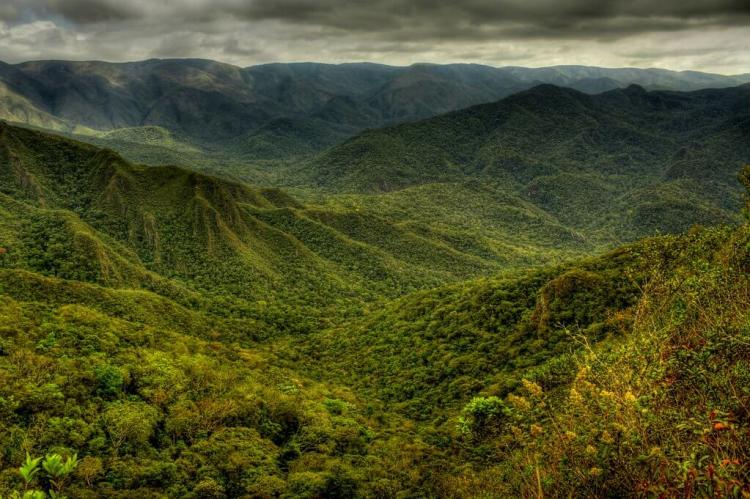Serra do Gandarela National Park: A Biodiverse Haven in Brazil's Iron Quadrangle
Serra do Gandarela National Park is in Brazil's mineral-rich Iron Quadrangle region. This biodiverse sanctuary in Minas Gerais features rugged mountains, lush forests, and crystal-clear rivers. It safeguards endangered species and serves as a crucial water source for the Belo Horizonte area.
Serra do Gandarela National Park: A Biodiverse Haven in Brazil's Iron Quadrangle
In the heart of Brazil's mineral-rich Iron Quadrangle region lies the Serra do Gandarela National Park. Established in 2014, this 31,270-hectare (77,271-acre) sanctuary in Minas Gerais is famed for its biodiversity. With rugged mountains, lush forests, and crystal-clear rivers, it's a haven for outdoor enthusiasts and researchers. The park safeguards endangered species and serves as a vital water source for Belo Horizonte and its surrounding area, showcasing Brazil's dedication to conservation.
Geographical Setting
The Espinhaço Range
The Serra do Gandarela National Park is situated within the Espinhaço Range, a mountainous region renowned for its unique geological formations and diverse ecosystems. This strategic location allows the park to harbor remnants of the once-vast Atlantic Forest, adding to its ecological significance.
A Vital Water Source
Waters originating from the Serra do Gandarela feed several major river basins, including the Das Velhas River (a tributary of the São Francisco River), the Piracicaba River, and the Doce River. The Das Velhas basin alone provides over 60% of the water supply for the city of Belo Horizonte and 45% for the metropolitan region, making the park's role in water conservation and provision a critical priority.
Historical Significance
The Iron Quadrangle
Located at the heart of the Iron Quadrangle, the largest national producer of raw iron ore, the Serra do Gandarela National Park bears witness to the region's rich mining history. In the 17th and 18th centuries, this area was also a vital hub for gold extraction, leaving an indelible mark on the local landscape and contributing to the region's economic and cultural development.
Ecological Importance
A Transition Zone
The Serra do Gandarela National Park lies within a transition zone between the Atlantic Forest and Cerrado biomes, contributing to the area's remarkable species diversity. This unique biogeographical position allows for the coexistence of flora and fauna adapted to both biomes, creating a rich tapestry of life within the park's boundaries.
Subterranean Wonders
In addition to its aboveground ecosystems, the Serra do Gandarela National Park boasts a subterranean world of over 100 caves. Some of these caves support unique species and contain archaeological sites, adding to the park's scientific and cultural significance.
Biodiversity Riches
Flora
The Serra do Gandarela National Park is home to a diverse array of vegetation, including rock fields, gramineous fields, savannas, and forests, all in a remarkable state of preservation. This diverse plant life supports a wide range of animal species, creating a rich and interconnected ecosystem.
Fauna
The park's fauna is equally impressive, with notable species such as the Chaco eagle (Harpyhaliaetus coronatus), cinereous warbling finch (Poospiza cinerea), cougar (Puma concolor), brown howler (Alouatta guariba), tayra (Eira barbara), margay (Leopardus wiedii), collared peccary (Pecari tajacu), masked titi (Callicebus personatus), maned wolf (Chrysocyon brachyurus), southern tamandua (Tamandua tetradactyla), long-nosed armadillo (Dasypus septemcinctus), and the iconic jaguar (Panthera onca) calling this protected area home.
Recreational Opportunities and Conservation Efforts
In addition to its ecological and historical significance, the Serra do Gandarela National Park offers a range of nature-related attractions for visitors, including stunning waterfalls and viewpoints that showcase the region's breathtaking scenery.
Ongoing conservation efforts are crucial to preserving the park's unique ecosystems, protecting its water resources, and ensuring the long-term survival of its diverse flora and fauna. These efforts involve collaboration between government agencies, local communities, and environmental organizations to balance conservation and sustainable development.
